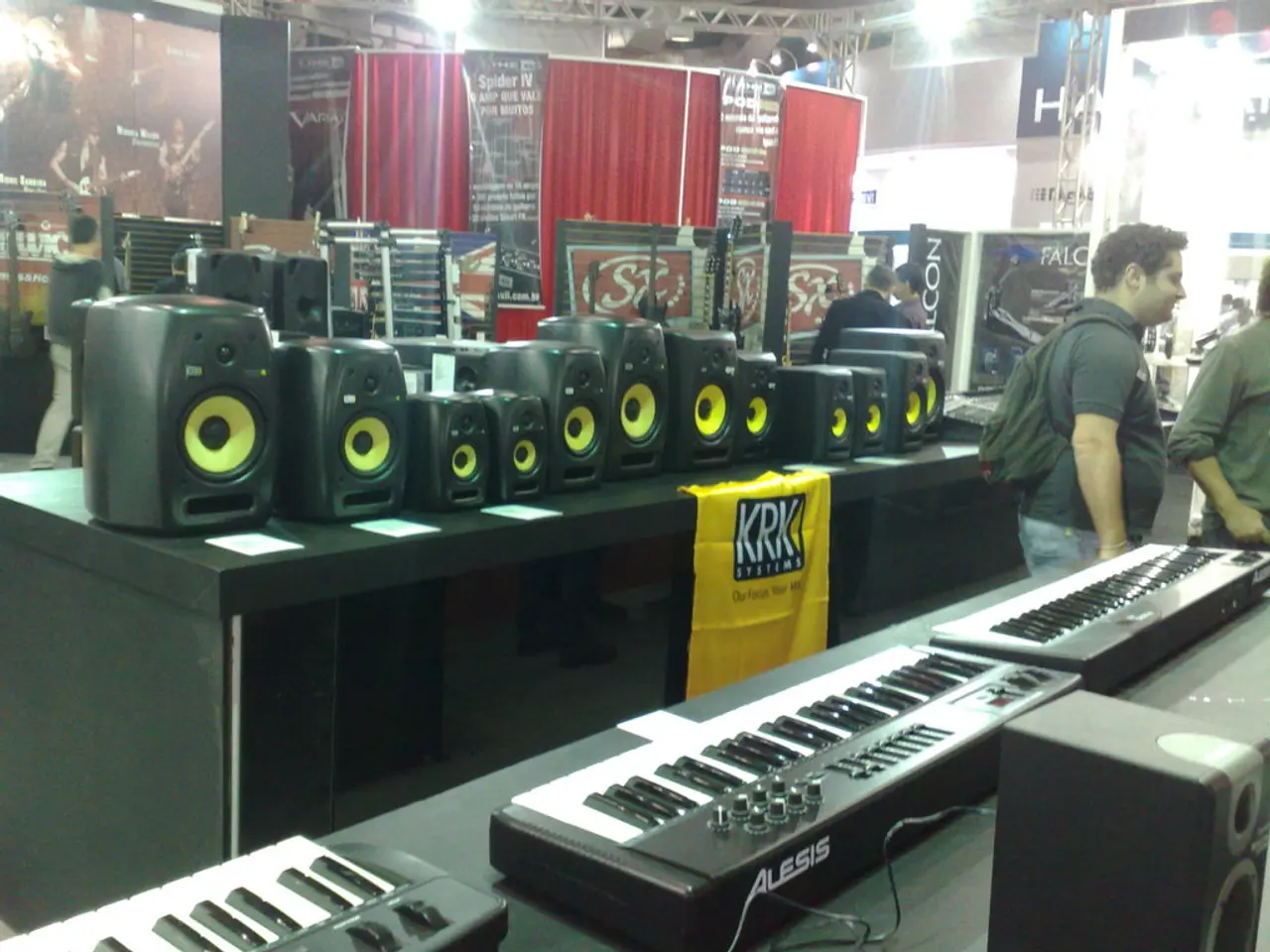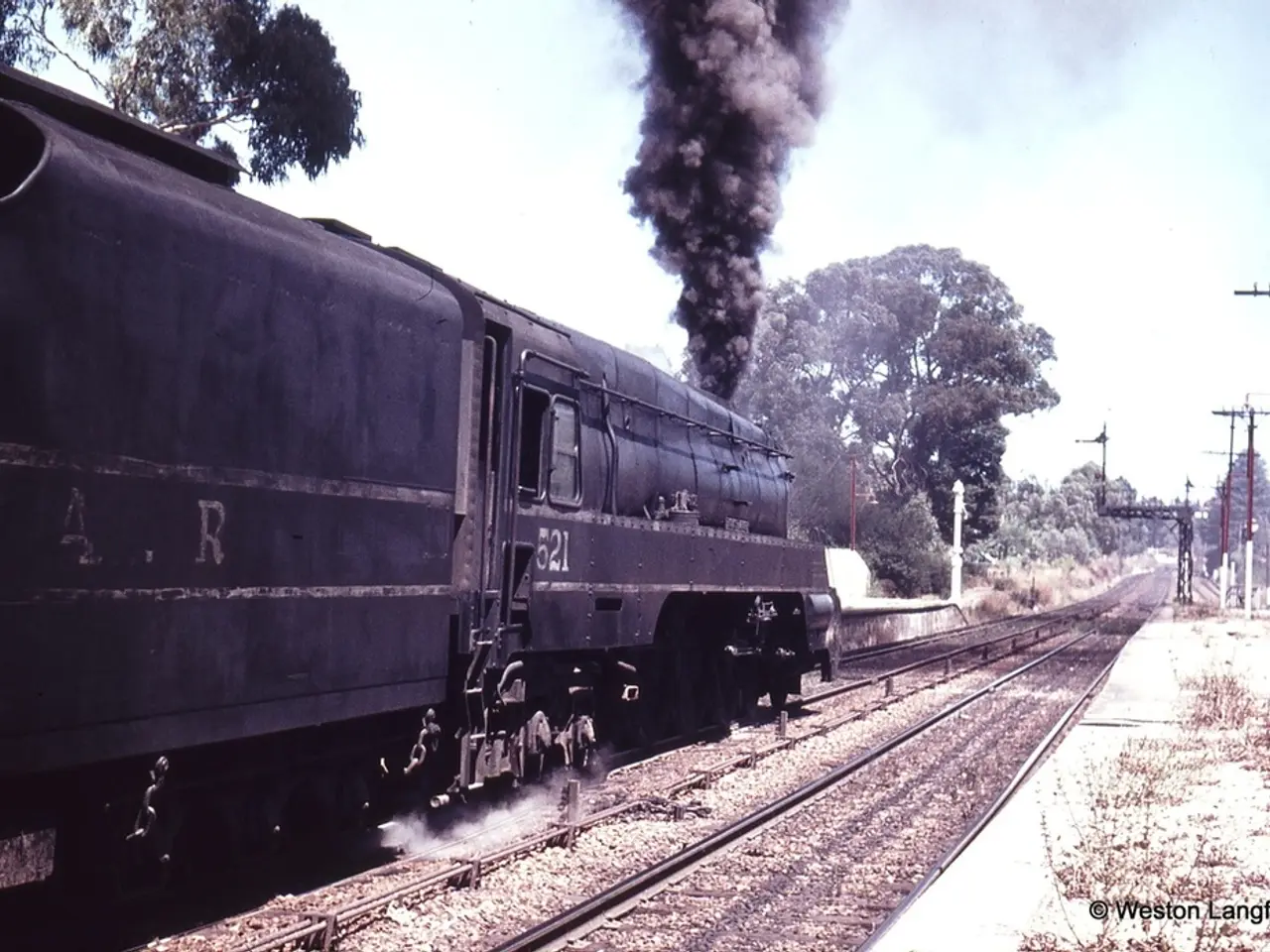Trump to provide automobile manufacturers with a reduction in the 25% import taxes
In a significant move, President Donald Trump has signed executive orders to ease some tariffs on automobiles and auto parts, aiming to encourage more U.S. manufacturing and job creation. The decision comes as Trump marks 100 days in the White House and visits Michigan, a state known for its automotive manufacturing industry.
The amended order provides a one-year refund of 3.75% relative to the selling price of vehicles assembled nationally. For the second year, the refund would be 2.5% of the selling price. This temporary rebate on the original 25% auto tariffs, now reduced to 15% in the first year and 10% in the second year, is intended to incentivise production shifts back to the U.S.
Some major manufacturers, such as General Motors, have announced substantial investments in response to the tariff relief. For instance, GM has unveiled a $4 billion plan to bring production from Mexico to Michigan, boosting U.S. production capacity by about 25%. This shift has been welcomed by labour groups as evidence that tariffs are supporting domestic job growth.
However, the easing of tariffs has not fully alleviated the cost burdens on automakers. Despite the reduced tariffs, parts still add around $4,900 per vehicle, and imported vehicles incur up to $8,600 in additional costs. Increased steel and aluminum prices add another $1,500 to $4,000 per vehicle, squeezing profits and potentially raising vehicle prices for consumers.
Production shifts also require significant time and investment, leading to uncertainty and disruptions in supply chains. Some auto parts suppliers and related companies have faced layoffs due to the instability created by changing trade policies and tariffs, spreading negative effects across the auto supply industry.
Trump’s unwillingness to fully remove tariffs remains a sticking point in trade negotiations with major partners like the EU, Japan, and South Korea. Their exports to the U.S. auto market exceed $121 billion, and the continued presence of tariffs could hamper broader trade deals that might otherwise benefit the industry.
In summary, the easing of tariffs has encouraged some reshoring of manufacturing and job creation in the U.S. auto sector but has not fully alleviated the cost burdens on automakers or eliminated industry uncertainty. The tariffs have led to higher vehicle prices and ongoing supply chain challenges while prompting significant investment in domestic production capacity. However, the long-term impact depends on how trade negotiations evolve and how quickly manufacturers can adapt to the changing tariff environment.
The Wall Street Journal first reported the details of the actions. Arthur Laffer, who was awarded the Presidential Medal of Freedom by Trump, stated that unmodified tariffs could add $4,711 to the cost of a vehicle. New vehicles sold for an average of $47,462 last month, suggesting that the tariff relief could have a significant impact on consumer costs.
Automakers, including Stellantis, General Motors, and Ford, have expressed appreciation for the tariff relief measures. Ford Motor Company President and CEO Jim Farley stated that if every company that sells vehicles in the U.S. matched Ford’s U.S. production ratio, 4 million more vehicles would be assembled in the U.S. each year.
However, most economists believe that tariffs, which could affect the bulk of imports, would increase prices and slow economic growth, possibly hurting vehicle sales despite the relief the administration aims to provide. Tax increases would certainly cost new car buyers more, potentially driving them to the used vehicle market and quickly depleting the supply of second-hand cars. Tariffs also impact the cost of vehicle maintenance, adding to the overall financial burden for consumers.
The Trump administration's decision to ease tariffs on automobiles and auto parts has resulted in a mixed impact on the U.S. automotive industry and domestic manufacturing jobs. While the tariff relief has encouraged some reshoring of manufacturing and job creation, it has also led to higher vehicle prices and ongoing supply chain challenges. The long-term impact will depend on how trade negotiations evolve and how quickly manufacturers can adapt to the changing tariff environment.
- The amended tariff order provides an average decrease in cost for consumers over two years, with a one-year refund of 3.75% and a 2.5% refund for the second year, relative to the selling price of vehicles assembled nationally.
- The tariff relief has sparked significant investments in domestic production, such as General Motors' $4 billion plan to shift production from Mexico to Michigan, boosting U.S. production capacity by about 25%.
- Despite the tariff relief, the general-news outlets report that the cost burdens on automakers continue, with parts adding approximately $4,900 per vehicle, and imported vehicles potentially incurring up to $8,600 in additional costs, which could squeeze profits and potentially raise vehicle prices for consumers.







